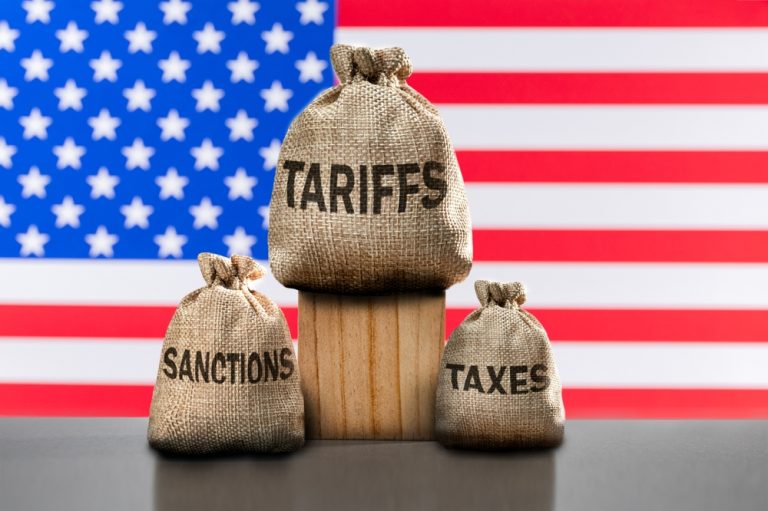U.S. economic activity has shown signs of decline, with heightened tariff rates putting upward pressure on costs and prices, according to the Federal Reserve’s latest “Beige Book” released on Wednesday. The report, based on surveys and interviews across the 12 regional Fed banks, highlights growing concerns about rising inflation and economic uncertainty, with some regions experiencing more pronounced slowdowns than others.
Rising Tariffs Fuel Uncertainty
The Beige Book indicated that, in the weeks following the Federal Reserve’s last interest rate meeting, economic growth remained subdued, with only three out of the 12 districts reporting growth. In contrast, half of the districts reported economic declines. A common theme throughout the report was the impact of tariffs, particularly U.S. President Donald Trump’s trade policies, which continue to affect prices and expectations for future growth.
Inflation and Consumer Spending
One of the key takeaways from the report was the expectation of rising costs and prices across the economy. The New York Fed mentioned that many businesses were adjusting to rapidly changing costs, with some even halting purchases of certain goods due to price increases. The Cleveland Fed reported a flattening in consumer spending, with retailers seeing a pullback in discretionary purchases, although some businesses benefited from customers downgrading their spending.
Employment Concerns and Regional Variations
Employment growth remained flat across most Fed districts, though variations by industry and location were evident. For example, a construction company in Maryland planned to increase employment due to available work, while a fast-casual restaurant in the Washington, D.C., area paused hiring due to local economic uncertainty. The overall sentiment was one of caution, with some businesses hopeful that resolving uncertainties could unlock growth, while others feared the negative impact of trade policies.
Fed’s Dilemma: Balancing Growth and Inflation
The Federal Reserve faces a challenging situation, as it must balance the risks of slowing growth and rising inflation. While the latest national data, including the 2.1% increase in the Personal Consumption Expenditures Price Index, show that inflation is cooling, Fed officials are concerned about the longer-term effects of tariffs and trade uncertainties on both inflation and the labor market.
Key Challenges Ahead
The report underscores the uncertainty in the economy, with businesses and households alike unsure of the future. The Federal Reserve’s next steps will likely depend on how these concerns evolve and whether inflation continues to rise despite slower growth. Policymakers are putting greater emphasis on real-time data from the Beige Book to guide their decisions, especially as the economy grapples with the combined effects of tariff policies and the broader global trade environment.


